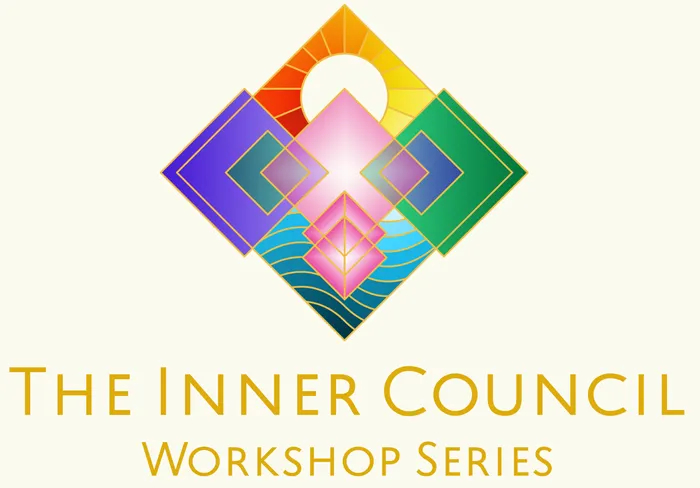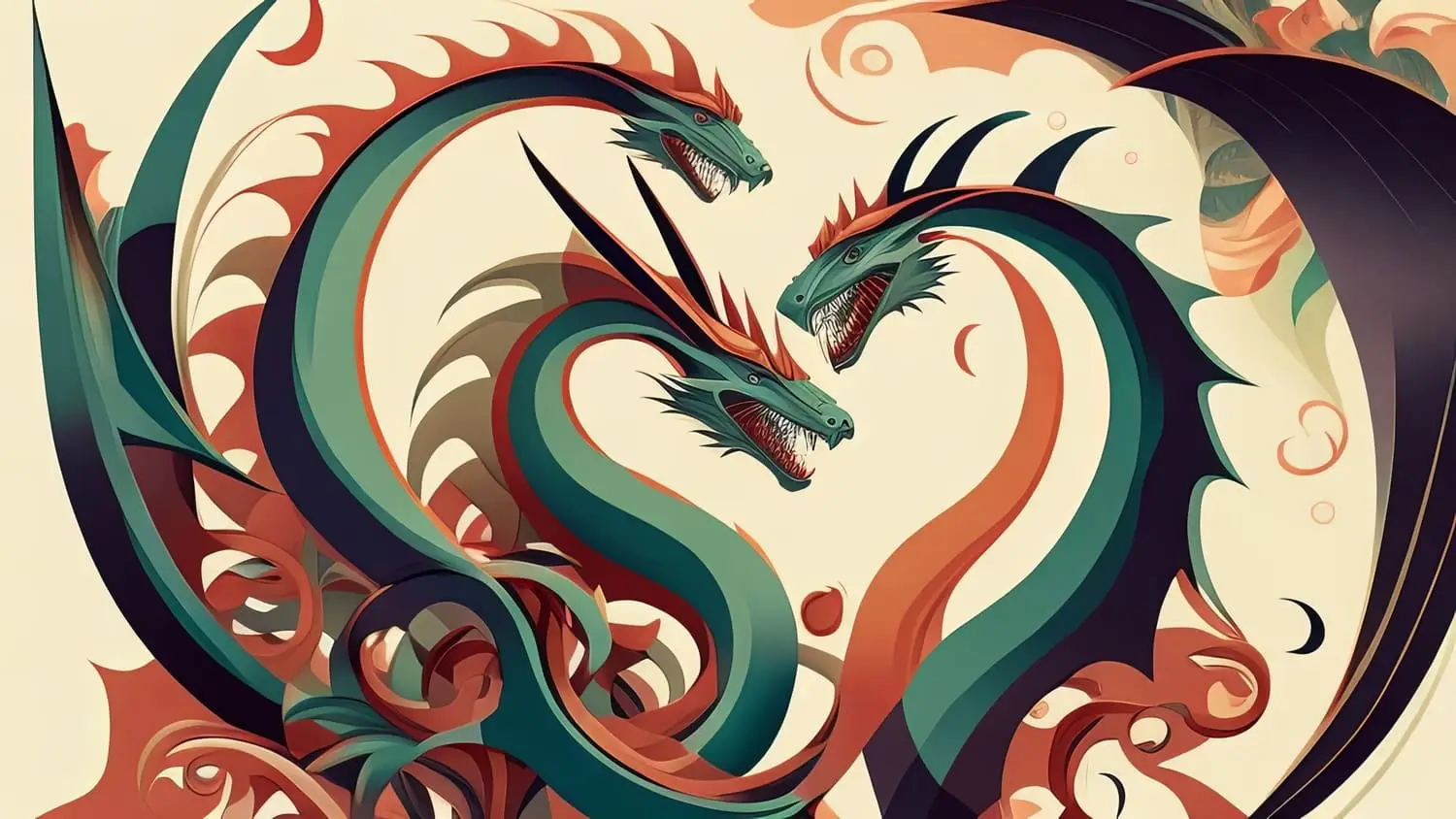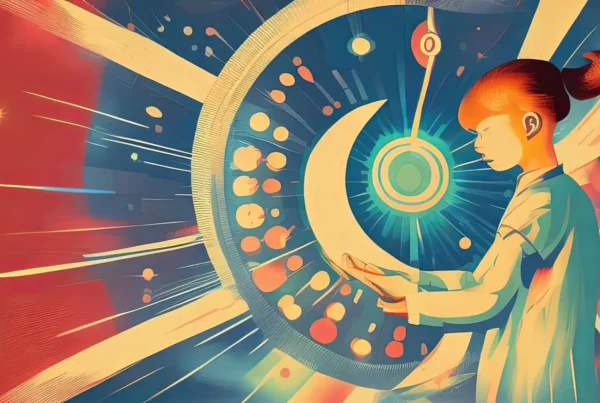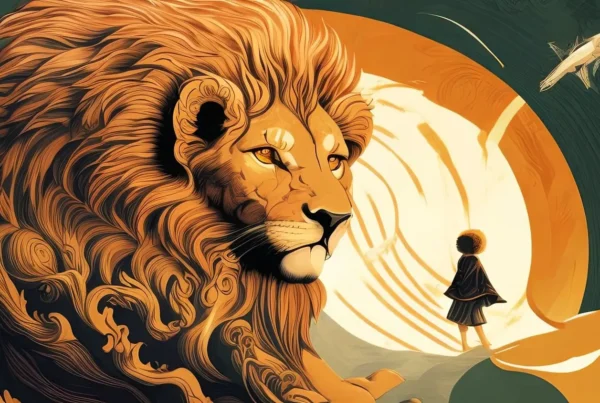BOOK YOUR WORKSHOP TODAY
All posts published here are presented as casual conversation pieces to provoke thought in some direction or another, they do not necessarily represent fixed opinions of the Inner Council, as our work exists beyond the spectrum of bound statement and singular clause.
The eternal cycle
At the mystical core of all modern religions is an idea of the transcendent or non-Dual nature of the universe—an interconnected oneness. This aspect of belief is pervasive in ancient cultures worldwide from mesoamerican Aztecs, Mayans and pre-Inca, Hindu, Sikh, Buddhist and Taoist traditions and through aspects in many of the lesser known re-creation stories and metaphysical traditions worldwide. A Perennial Philosophy. This non-Dual attitude asserts that we were not born biologically per se, but conceptually through the creation of our personal identity and with it, our self agenda of conceptual survival. The ego is born through layers of self identity, handed down to us by our parents and peers as an iterative and fragmented process. In these individualised states, we begin to augment, resolve and become single instance of a broken universe searching for promise of unity. The unity eventually comes knocking as an augmented level of awareness, an ‘other’, before we are challenged across a bridge to unity consciousness. This is a normal psychological developmental process that is suppressed in modern, closed system, two-dimensional models of thinking.
The traumatised ego retains a distinction between self and the other and operates from a single, detached perspective. As our psychology develops out of the magical and mystical stages and into the rational stages, we identify available labels that can bolster our self-identity. This development brings identification with larger group identities which morph our self-agenda with tribal concepts and ideologies of personal identity. This conceptual creation brings with it an elaborate form of ego survival through protection mechanisms which look to point out potential dangers and we naturally express bias towards our chosen ideas, people or beliefs. This ego game relinquishes much energy in order to protect the identity for survival. All fear of death is protection strategy for the psychological construct of the ego.
Spirituality at its core works in contrast to the elaboration of ego and at its extreme can even resolve ego and the layers of identity towards a non-dual state, a paradoxical shift into a higher level of awareness. In mainstream western culture, conversation on ego-death is as elusive as discussions of biological death. Wherever there is a hard sale of ego-death, it’s generally received by a very small number of seriously dedicated spiritual practitioners and deemed dangerous by all agenda driven ego structures, especially mainstream society. It is indeed dangerous for the ego to go looking outside the boundary of basic algorithmic, logical thought processes. Insects have the same thought processes, so do washing machines. It’s called fuzzy logic.
While the extremes of ego-identity and the contrasting spiritual goals of oneness are often touched upon, the intention of this article is in understanding the individual layers of identity, and especially where specific layers may be the cause of a personal anxiety or blockage. What we can do to remove these layers or blockages and how we can integrate to better understand a new identity. How to approach with enthusiasm towards the spaces the open up. And what in the world do they have to do with Inner Child work?
A hero's journey
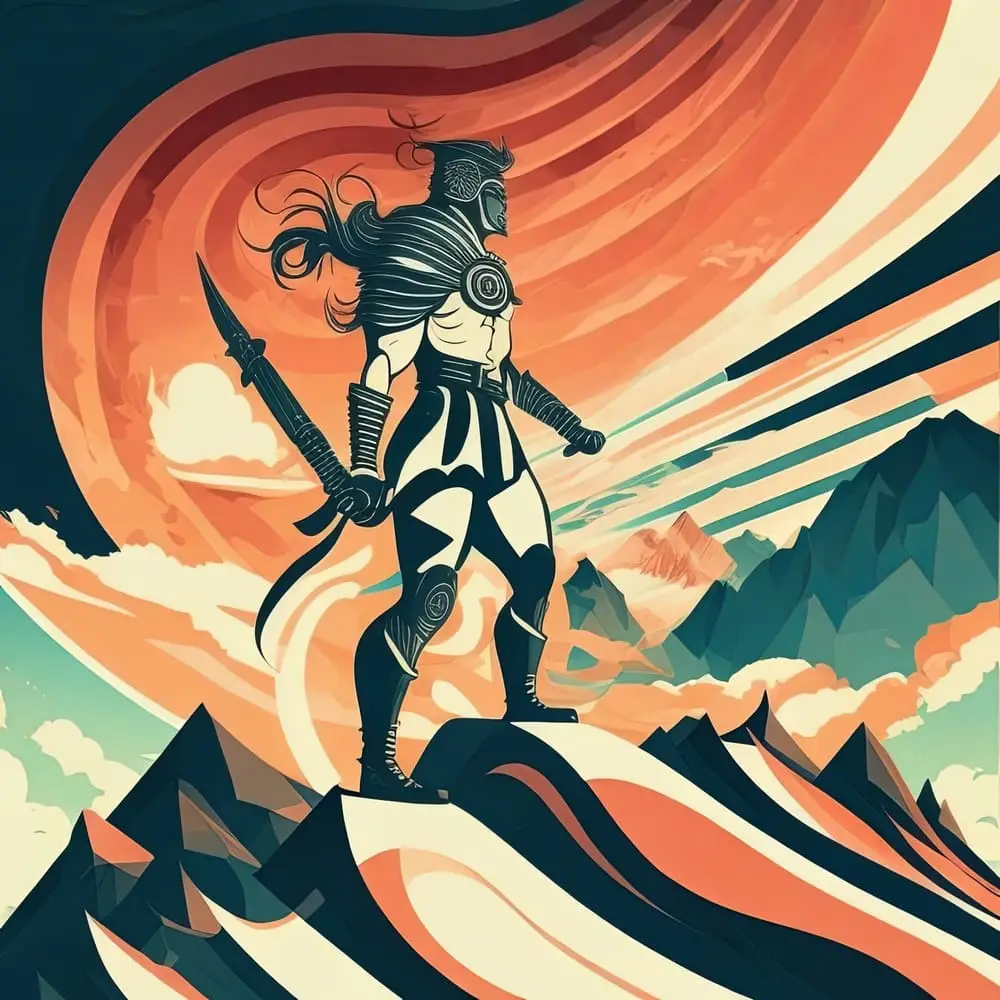
Many people know the term ego-death from Joseph Campbell’s description of The Hero’s Journey. His book The Hero with a Thousand Faces described the foundational elements of a continuous story that is being told again and again throughout our history. This journey, being a mythological and archetypal transition of death and rebirth, defines self-surrender as a necessary phase towards the actualisation of the hero. See also Nietzsche’s Three Transformations. After such ego-death the hero returns to share his discoveries with the world. This death or surrender is the process by which one detaches from an aspect or several aspects of their own identity, a so-called “stripping away” of ego-defenses. After which, the detached part of them is said to have passed away or transcended.
Certain layers of egoic buy-in may award in us a sense of inclusion to a group—watching a popular television series for example—a person who chooses a particular fashion or fits in with a crowd whose individuals are connected through similar behaviours or attitudes. Each of these associations brings with it an aspect of protection and contributes to our behavioural attitudes where we typically defend the group thinking or opinions of the group which have accepted us.
Through life we also naturally pass away from these levels of identity as we fall out of the influence of certain collective mindsets. Usually this is due to situational circumstances, leading to bigger influences such as changing jobs, going to university, moving abroad, getting married etc. We accept these losses as they are traded for more desirable identities. Most people do not listen to the music they enjoyed in their teenage years. So, we know what moving away from labels of identity consists of when we upgrade our tastes to ones considered more contemporarily sophisticated and refine ourselves towards more desirable peer groups. What’s of interest here is that we associate the falling away of prior identities differently when we are without an immediate alternative upgrade.
Our journey
One of the biggest causes of spiritual awakening in modern society comes to us at a point in our lives where a large part of our identity is shed from us without our choosing. When a loved one passes away, an injury or disease blocks our intended future or any other unexpected turn that wipes our projected goals from the map and leaves us in a vacuum of loss which can be utterly overbearing on our emotions. Something in this loss calls out to us to stand back and re-evaluate the bigger picture and our part within it. In this bigger picture we identify a plurality—a multiplex of life’s potential direction—and we are staggered in our steps as a new, unfamiliar path of uncertainty rolls out in front of us.
This uncertainty gives us a golden opportunity to reinvent ourselves into a new form or personality and this is the stage where rebirth is possible. The blank canvas that has been stripped of its narrative is ripe for neural-re-evaluation and this time we get to rewrite a section of ourselves upon terms in which we influence. Often during sacred plant medicine ceremonies this is exactly what is presented, the old is wiped. We sense the fragility of the new and innocent and we walk away with a spaciousness that we get to fill—or not—based on our chosen conditions. If one is able to recognise the opportunity of this mental reconfiguration then the potential in the psychotherapy of plant medicines will take a step forward in its already complex capacity to rewrite, renew, rebirth and extend the limited possibilities with which we currently understand as the linear life predicament. Psychotherapy here means what the roots of the word implies, a caring for the soul. The Greek root “therapeutae” suggests “an attendant, servant, physician.” A therapist of the psyche is one who attends, serves, and doctors the images of the psyche, the images of the soul.
All aspects of ego-death have a similar mourning sensation of loss or abandonment—of a lifelong opportunity that’s fallen through our fingers. We know the feeling. However, this is what ego-death feels like when we are not in control—it’s dis-empowering. If we take personal responsibility for the changes, identify the opportunity in stripping our egoic identity then we will find a new motivation and momentum. Take for example the difference between being kicked out of your profession with a ruined reputation and that of leaving on your own accord because you reckoned with yourself that a change was somewhat due? Now, the same opportunity can be recognised following either of the given circumstances, but we can be gutted from the inside if we are not aware of how the egoic identity sets to protect itself. This protection is primitive and usually provides a false sense of security. So the answer to the above question is one about attitude—the attitude of acceptance—that through our lives we will undergo many shifts of identity that can be considered as wins or losses. The more experiences we have, the more information we will accumulate in order to achieve a higher perspective and a broader, more liberated experience of life. All spiritual liberation comes from the death or passing away of presumed states of identity. Accept the progress as divine and you will tread a lighter path on your way to wisdom.
Integral theory
There are attempts to understand psychological development as we shift from a linear rational mind into the multiplex or psychedelic (literally ‘mind-manifesting’) plural mindset, embracing once again the magic and mystical elements of our first 7 years of life. Ken Wilber has done a great deal in bringing in many psychological developmental models to access the expected life journey of the mental experience. In these models, the rational mindset is expected to subside by the age of 35 into a higher-mind, or integral stage of spiritual ability and subtlety that goes on to include psychic and intuitive stages before the non-dual supermind or overmind (possibly from Nietzsche’s overhuman) is achieved from the ages of 45 and upwards. See Wilber’s Integral theory or one of his books for more on this.
Without going too deep, I’d like to discuss which parts of our egoic identity we need to part with in order to establish a stability in our spiritual practice and, moreover, how we go about the removal and integration once we recognise what we’d like to shift. The important aspects of this shift usually take care of themselves as a by-product of stepping into plurality. When we entertain a broader perspective the associated effects of clinging dissipate and we’re no longer beholden by defending our ground. An effect of this shift is observed when behavioural changes—as the symptoms that were accumulated in holding these ideas as aspects of our personality—drop away.
As previously discussed, it is standard in our society not to choose the re-routing and pluralisation of our egoic identity, however, one is able to learn from meditation and other dedicated spiritual practices the gradual phase of shifting into this higher capacity of mindset. One of the most effective ways is to shift towards intuition, or heart-aligned decision making. Higher spiritual ability is absolutely based upon a heightened mindset that is not locked into any single expected path or outcome, in these circumstances imagination becomes more important than knowledge and the mystical opens before us as once cited by Albert Einstein.
Our heart-centered intuition
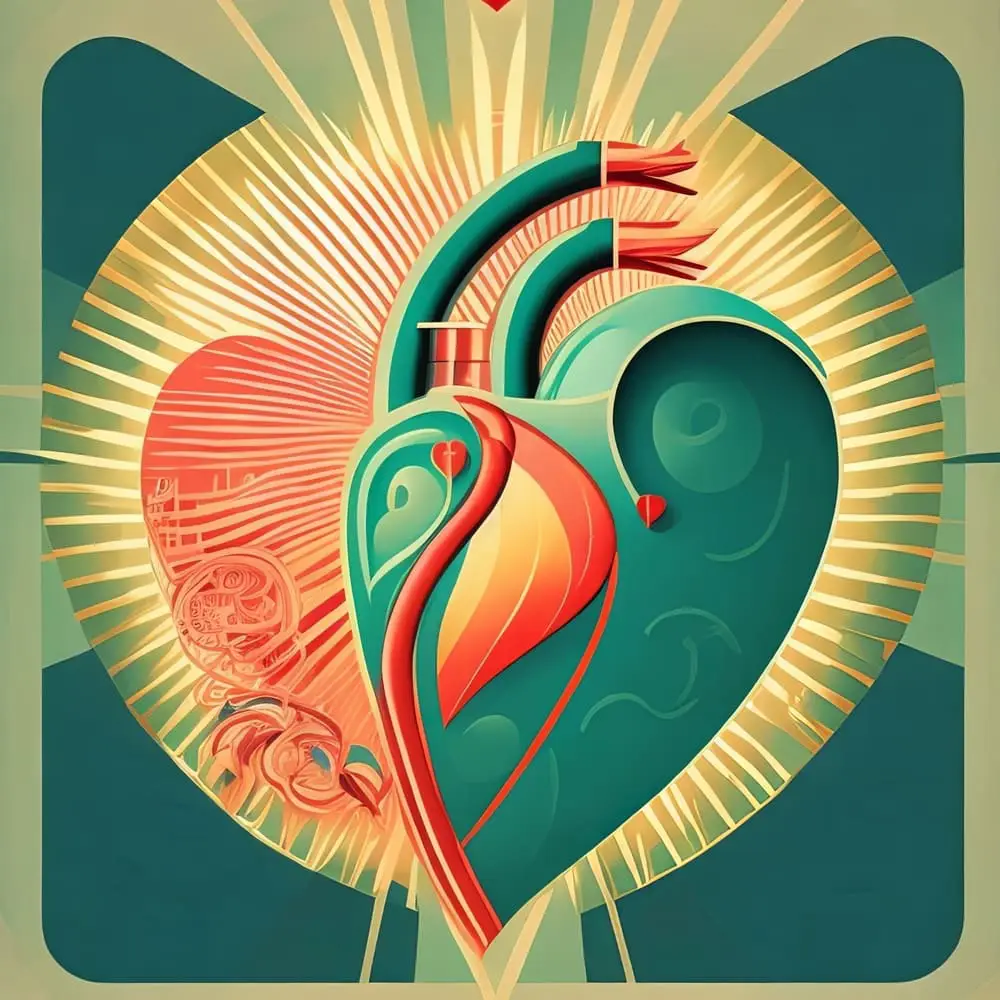
There’s a natural and intuitive progression of behavioural change that will adapt in order to make way for the larger mind-set, although we’ll need one step on the ladder first in order to allow these to begin. Short of the aforementioned circumstances that blindside us and leave us winded, there’s a much gentler way to side step into the intuitive space. An acute awareness of feeling into the current situation around us. Awareness of the present moment is literally the key to the first step. It seems so elementary that people are sometimes unable to grasp its simplicity. Stop for a second and sense what is happening to your whole body, how do your feet feel? How do the backs of your hands feel? There is so much information pulsating through your senses in any given moment that your body is synonymous with a sophisticated weather station. Why do you think that we have access to trillions of variables per second? What could be the job of having such a sensitive array of equipment? What if we tune in and listen to it?
Working on our intuition prises open the rigid and it lets in the soft and ethereal sensory information that we’ve otherwise ignored—purely because we’ve never considered the value in doing so. Once we are trained in the subtle perceptions of energy, we can begin to write our own sense emotions, we can literally sense any situation we bring our mind to. Enjoying a coffee in a crowded Polish cafe in 1920 Warsaw, or tangling in a life-long relationship with an image of a long-lost partner shimmering like sunlight through a window. Maybe not everyone is entertained by ideas of persuasive day dreaming but the ability is synonymous with creativity and innovation and the plasticity that changes our current narrative. It also bolsters us in times of the unexpected and softens the blow of severe life changes.
If it’s a total shock to hear that the average human mind will go multiplex by the ages of 35 and up—then don’t worry—there are many guides that are here to navigate you in the right direction and explain some simple personal practices that can take you well into your intuitive mind-set.
A helping hand
A cacao ceremony (consuming 42g of pure cacao in meditative state) switches the mental perspective and brings one into the symphonic hall of the heart. A little grounding and consideration to the subtle flutterings and the significance will slowly come out of the shadows and whisper lightly into your ear. Once you recognise the connection it’s yours to take home and connect to in willing meditation or maybe more forcefully by surprise in slumber. Turning into spirituality is like finding romance, it explores areas of sense and emotion that you didn’t realise before was possible. Taking this relationship with you as you mature removes the worries of loneliness as heightening the significance of internal introspection or ‘cultivating internal happiness’ provides a labyrinthian playground for you to ever-explore. Low doses of any psychedelic can bring you into a subtle state of imaginal exploration that provides a grounds of self-realisation.
The reason that Campbell’s Hero’s Journey strikes a chord is that it is exactly how we develop through our life if we are somewhat connected with the natural systems around us and we take notice of what’s going on in the current moment. All of our collected identity will detach at given points during our natural life, some aspects more noticeable than others. We will rewrite ourselves over and over in a cycle of death and rebirth until mental activity is not associated with ego, but the transpersonal non-duality of advanced spiritual states.
Jung’s Rebirth
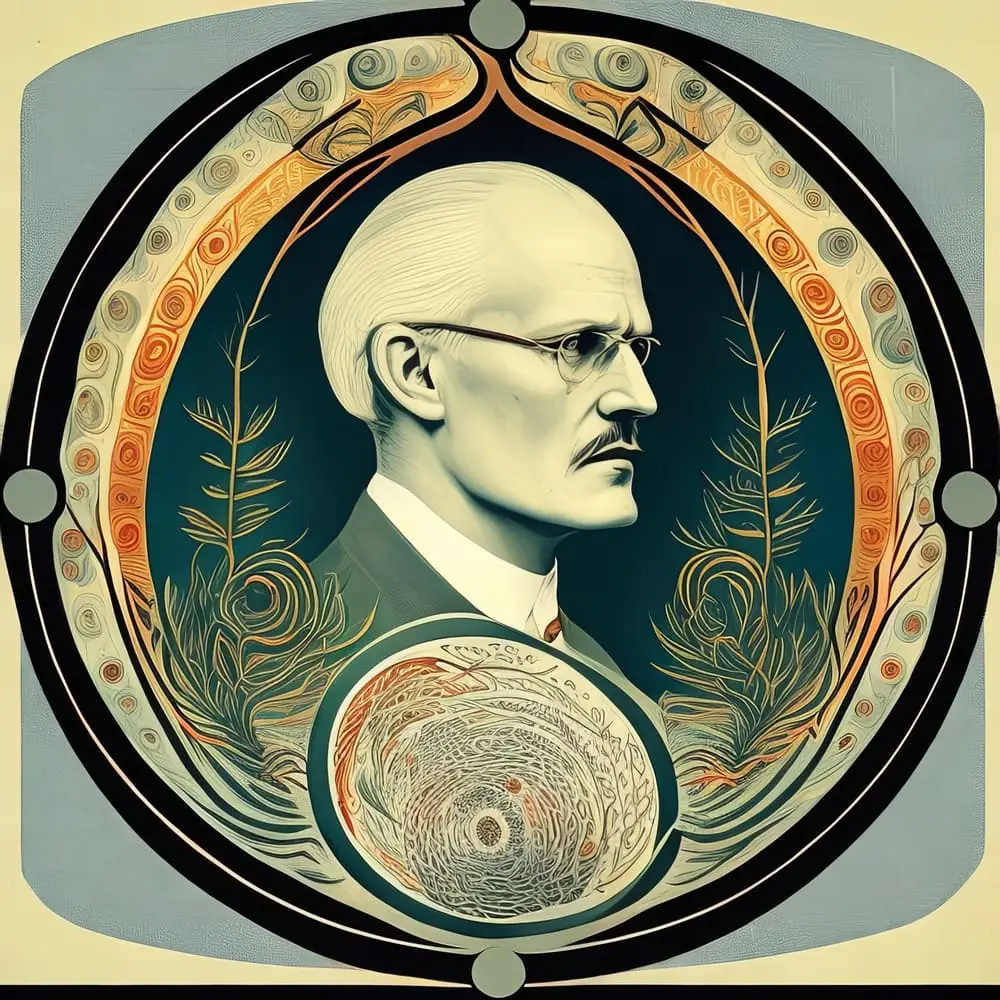
From a lecture given in 1939, Carl Jung presented some ideas of rebirth which he claimed were only surface analysis and to be treated superficially, but we can ourselves ponder on the breakdown given to the conceptual rebirth mysteries presented. Jung stated that the rebirth concept is entirely beyond sense perception and questions the tangibility of such experiences, but strongly claims the factual importance of the pre-invisible in all human output. Rebirth being represented as an affirmation that must be counted among the archetypal primordial affirmations of mankind. With an avid interest in all repeating metaphors of the psyche, Jung was fascinated with the birth-death cycle seemingly flowing alongside life and urging change and transformation, not only on an individual level but in all conceptual spheres of life including that of collective groups and even mankind as a whole.
When an individual witnesses a transformation of personality, something has been left behind and something new has taken its place. Filaments of the soul are abandoned, or shed as new layers emerge even in so casual a form as a personal revelation. With or without the superficiality of Jung’s archetypal breakdown, there are many forms of interpreting the new and the emerging and we could revel in these explorative and imaginative ripples of space time day-dreaming instead of gripping on with frail energy to the impoverished outdated aspects of our self-being.
Further reading
The Wisdom of the Serpent: The Myths of Death, Rebirth, and Resurrection by Joseph Lewis Henderson, Maud Oakes
No Boundary: Eastern and Western Approaches to Personal Growth Ken Wilber
Ritual: Power, Healing and Community Malidoma Patrice Some
